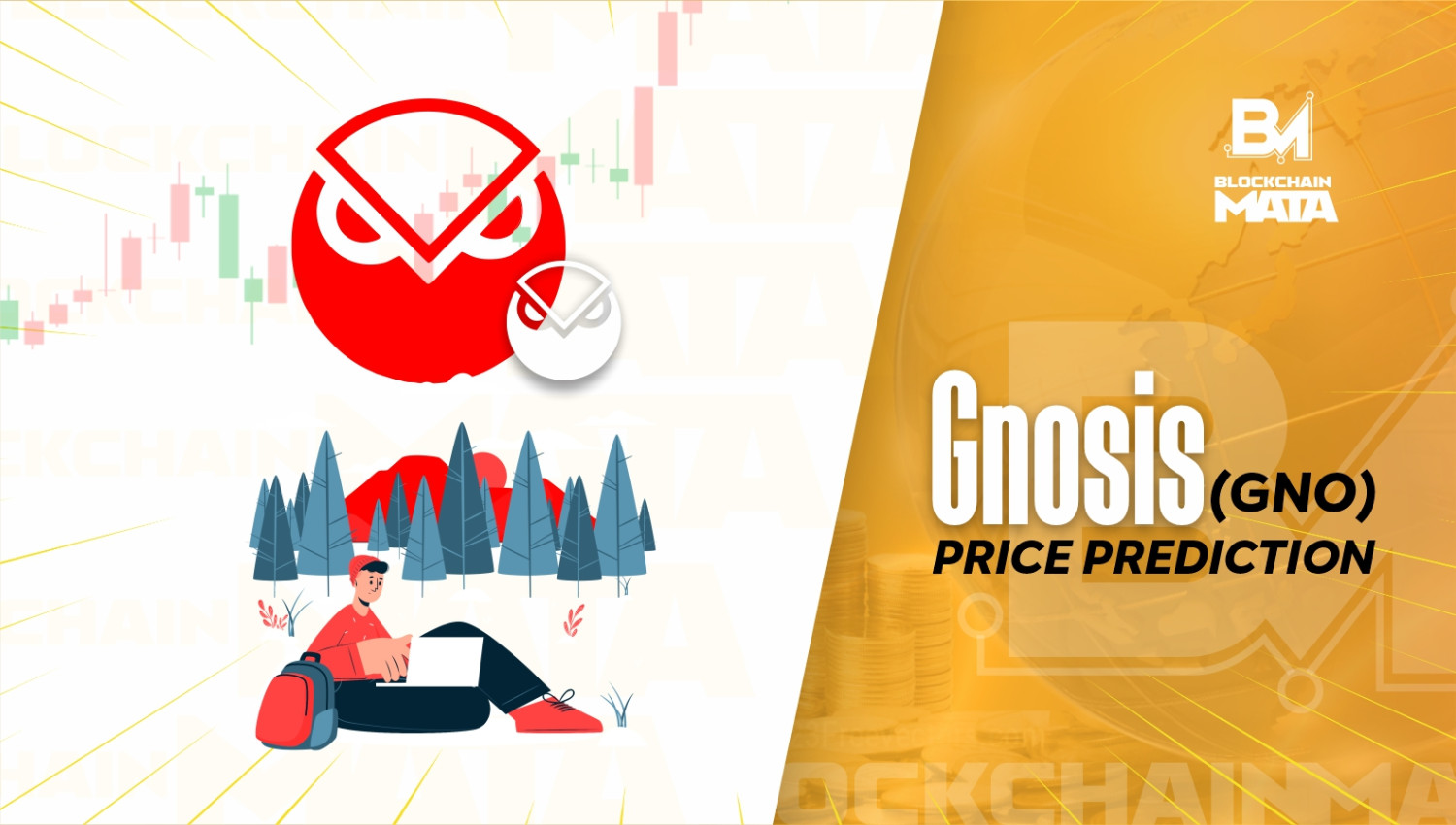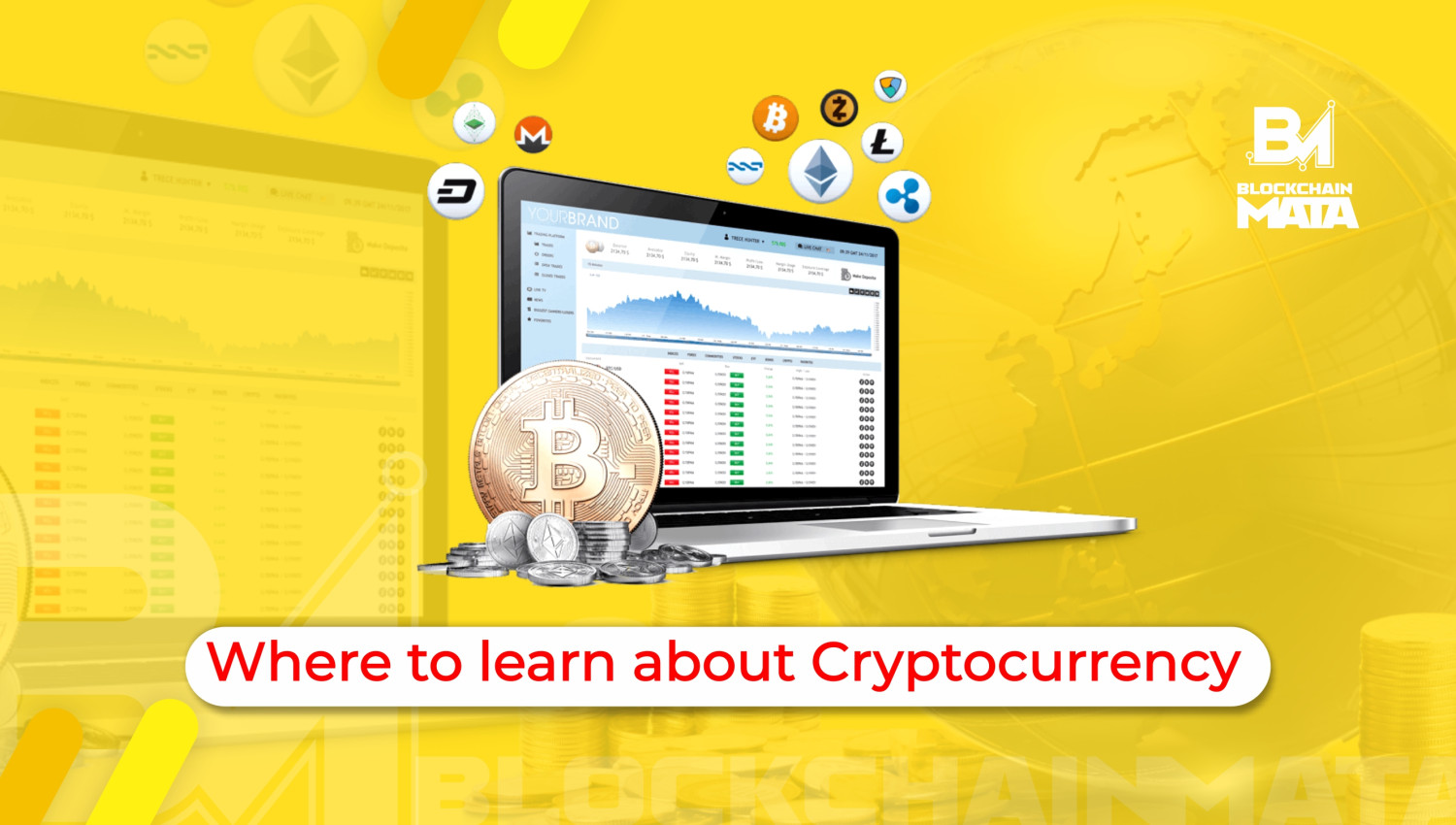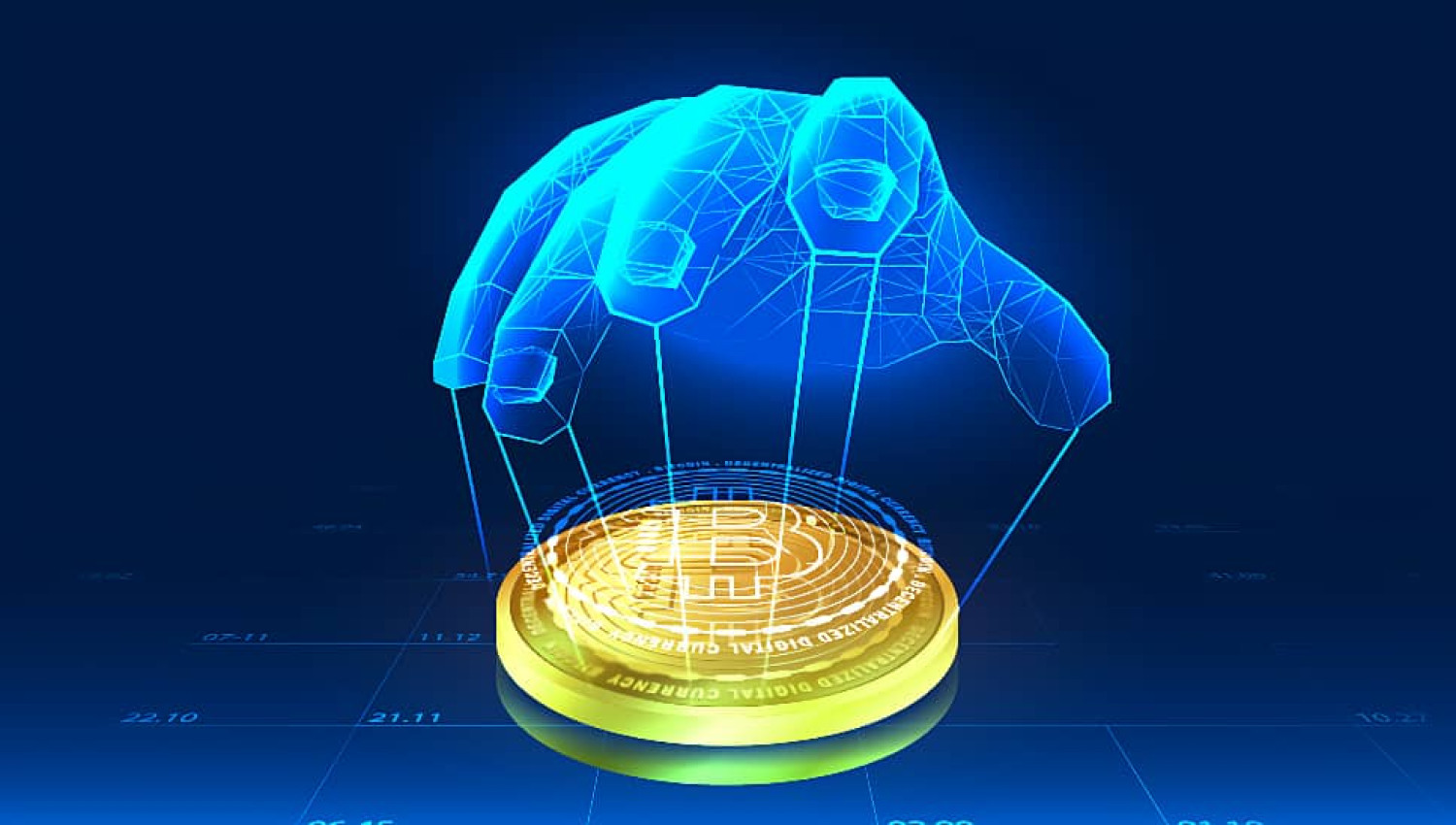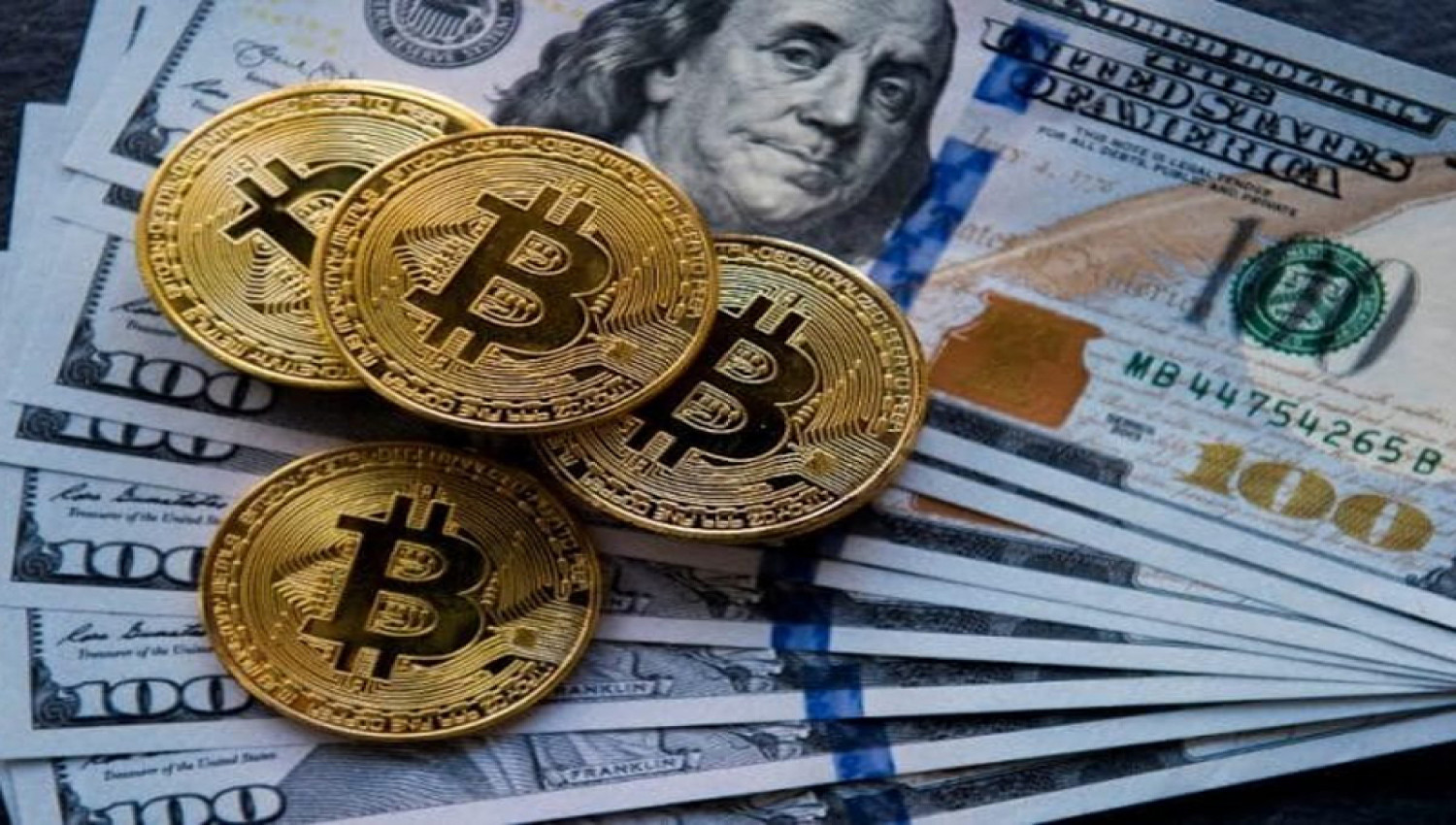DeFi: The New Frontier in Finance
1 year ago By Blockchain Mata

Looking to take control of your finances and participate in a new, innovative movement? Welcome to the world of Decentralized Finance, also known as DeFi. This exciting new trend is rapidly changing the way individuals access and use financial services, without the need for centralized entities like banks or other financial institutions.
By utilizing Decentralized Applications (Dapps) on the Ethereum blockchain, users can access a wide range of financial services, including borrowing, lending, and trading, all with greater transparency and security. In this blog, we will explore the basics of DeFi, its major categories, and how it is disrupting the traditional finance industry. So, let's dive in and explore the world of DeFi!
Everything DeFi: What is Decentralized Finance
Decentralized finance, or DeFi, is a term used to describe a financial system built on decentralized networks, primarily using blockchain technology. In this system, financial services such as lending, borrowing, trading, and investing are offered in a decentralized manner, without the need for traditional financial intermediaries like banks. The goal of DeFi is to create an open, transparent, and accessible financial system that is available to everyone, regardless of their location, financial status, or background.
One of the primary benefits of DeFi is that it eliminates the need for intermediaries, such as banks, to facilitate financial transactions. This results in lower costs, increased efficiency, and greater transparency, as all transactions are recorded on a public blockchain that can be audited by anyone. Additionally, since DeFi protocols are open-source, anyone can contribute to the development of these protocols, resulting in a more inclusive and collaborative financial system.
DeFi has already gained significant traction in the blockchain and cryptocurrency space, with a wide range of DeFi protocols and platforms currently available. These include lending protocols like Aave and Compound, decentralized exchanges like Uniswap and SushiSwap, and yield farming platforms like Yearn Finance and Harvest Finance.
The growth of DeFi has also led to the creation of a new financial infrastructure, with stablecoins like Tether, USDC, and DAI providing a way to hold value in a cryptocurrency that is pegged to the US dollar or another asset. This makes it easier for people to enter and exit the DeFi ecosystem, as they can use these stablecoins to avoid the volatility associated with other cryptocurrencies.
Overall, DeFi represents a significant shift in the financial world, with the potential to revolutionize the way we think about money and financial services. As more people become aware of the benefits of decentralized finance, it is likely that we will see continued growth and development in this space, with new protocols and platforms emerging to offer even more innovative and accessible financial services to users around the world.
In essence, DeFi is a range of financial services that mimics traditional finance, and allows users to combine these services for desired financial outcomes. DeFi Dapps typically require collateral locked in smart contracts, and the Total Value Locked serves as an indicator of DeFi growth. The Total Value Locked was around $275 million at the start of 2019, and reached a high of $1.2 billion in February 2020. DeFi is often referred to as money LEGOs due to its composability.
As of April 2021, the Total Value Locked in Ethereum alone was $67 billion, and when combined with other blockchain networks such as Binance and Solana, the collective Total Value Locked was $86 billion. This significant increase from $1.2 billion in February 2020 highlights the growth and adoption of DeFi.
But, how decentralized is DeFi?
The degree of decentralization in DeFi can vary significantly depending on the specific protocol or application. While some DeFi protocols may be fully decentralized, with no central authority controlling the platform, others may have varying degrees of centralization, such as a small group of developers controlling the code or a single entity holding a large share of the tokens.
Furthermore, even though the underlying blockchain technology used in DeFi is decentralized, some DeFi applications may rely on centralized data sources or off-chain components, which can impact their overall decentralization.
In general, the decentralization of DeFi is a complex topic, and it is important to consider multiple factors and perspectives when evaluating the decentralization of a specific DeFi protocol or application.
For easy understanding, we can categorize the degrees of decentralization in DeFi into three categories: centralized, semi-decentralized, and completely decentralized.
However, it is important to note that these categories are not absolute, and the degree of decentralization can vary along a spectrum depending on various factors.
1. Centralized
-
Characteristics: Custodial, uses centralized price feeds, centrally-
determined interest rates, centrally-provided liquidity for margin
calls
-
Examples: Salt, BlockFi, Nexo and Celsius
2. Semi-Decentralized (has one or more of these characteristics but not
all)
-
Characteristics: Non-custodial, decentralized price feeds,
permissionless initiation of margin calls, permissionless margin liquidity, decentralized interest rate determination, decentralized
platform development/updates
-
Examples: Compound, MakerDAO, dYdX, and bZx
3. Completely Decentralized
-
Characteristics: Every component is decentralized
-
Examples: No DeFi protocol is completely decentralized yet.
At present, the majority of DeFi decentralized applications are classified as semi-decentralized. To learn more about the different aspects of decentralization, you can refer to Kyle Kistner's article. With a better comprehension of the concept of decentralization, we can proceed to examine the main categories of DeFi.
DeFi key Categories
Agreed, it is not possible to cover everything in the DeFi ecosystem due to its rapid growth. This blog section focuses on a few crucial categories for beginners to understand before entering the DeFi space.
DeFi (Decentralized Finance) can be broadly categorized into the following key categories:
1. Decentralized exchanges (DEXs): Platforms that enable peer-to-peer trading of cryptocurrencies without the need for intermediaries.
2. Lending and borrowing protocols: Platforms that allow individuals to lend or borrow cryptocurrencies without relying on traditional financial intermediaries.
3. Stablecoins: Cryptocurrencies that are pegged to the value of another asset (like the US dollar) to maintain price stability.
4. Insurance and risk management protocols: Platforms that allow individuals to protect themselves against financial risks associated with DeFi investments.
5. Asset management platforms: Platforms that allow individuals to manage their cryptocurrency investments and portfolios.
6. Prediction markets: Platforms that allow individuals to make predictions about the outcome of real-world events and earn rewards based on the accuracy of their predictions.
7. Governance platforms: Platforms that allow individuals to participate in the governance of decentralized autonomous organizations (DAOs) and influence decision-making processes.
8. Derivatives and synthetic assets: A category of DeFi that allows users to gain exposure to assets or financial instruments without actually owning them. Synthetic assets can be created by combining different financial products to create a new, unique asset that tracks the price of an underlying asset. Derivatives, on the other hand, are contracts that derive their value from an underlying asset, such as futures contracts or options.
9. Payment and remittance platforms: Another category of DeFi that aims to provide a faster, cheaper, and more accessible alternative to traditional payment systems. These platforms leverage blockchain technology to facilitate peer-to-peer transactions without the need for intermediaries such as banks or payment processors. Payment and remittance platforms can also provide features such as cross-border payments, micropayments, and programmable payments.
Conclusion: DeFi Disrupting Traditional Finance Industry
Decentralized Finance, also known as DeFi, is a relatively new concept that has been gaining popularity in recent years. It refers to a set of financial applications built on a decentralized blockchain network, which operates without the need for intermediaries such as banks or other financial institutions.
DeFi applications provide users with more control over their assets and finances, enabling them to make peer-to-peer transactions, earn interest on their holdings, and access other financial services in a trustless and transparent environment. The rise of DeFi is disrupting the traditional finance industry in several ways, as outlined below.
-
Decentralization of Financial Services
DeFi is built on decentralized blockchain networks, which allows users to access financial services without the need for intermediaries such as banks. This decentralization means that financial services can be provided in a trustless and transparent manner, reducing the risk of fraud and enabling users to have greater control over their assets.
-
Lower Fees and Faster Transactions
DeFi applications operate on blockchain networks, which enable fast and low-cost transactions. This is in contrast to traditional financial services, which often involve high fees and slow transaction times. DeFi applications such as decentralized exchanges, yield farming platforms, and lending protocols allow users to access financial services at a fraction of the cost of traditional finance.
-
Access to a Global Market
DeFi applications are accessible to anyone with an internet connection, which enables users to participate in a global market. This is in contrast to traditional financial services, which are often limited to certain geographic regions. DeFi applications enable users to access financial services from anywhere in the world, providing greater financial inclusion.
-
Programmability and Innovation
DeFi applications are built on programmable blockchain networks, which enables developers to create innovative financial applications. This programmability means that DeFi applications can be customized to meet the specific needs of users, enabling them to access financial services that are tailored to their requirements. This has led to the creation of innovative financial products such as liquidity pools, flash loans, and decentralized insurance.
In conclusion, DeFi is disrupting the traditional finance industry by providing users with more control over their assets and finances, reducing fees and transaction times, enabling global access to financial services, and driving innovation. The rise of DeFi is likely to continue in the coming years, and it will be interesting to see how the traditional finance industry responds to this disruption.



